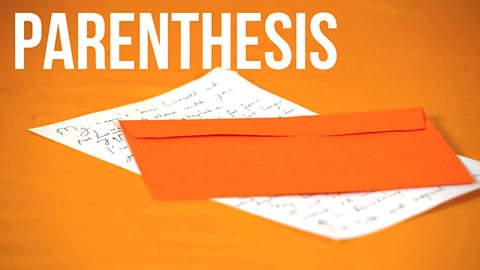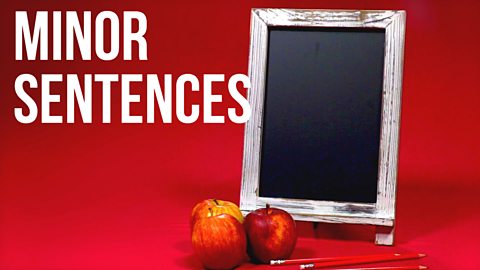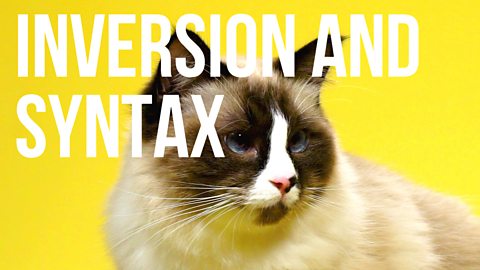Colons : and semi colons ; are punctuation marks that connect phrases in a sentence.
This technique should be familiar to you as you will have studied it at 3rd level. Use this guide to revise and check your understanding.
What are colons and semicolons? How and why would you use them?
Colon :
Colons often introduce an explanation. The phrase that comes after the colon usually explains or expands on what came before it. It is also used before a list, quotation, answer or to provide contrast.
- 'Life is like a box of chocolates: you never know what you're gonna get.' In this example from Forrest Gump, the phrase that follows the colon explains why life is like a box of chocolates.
- 'I love watching films after school: comedies are my favourite.' The phrase that follows the colon here expands on what the person loves about watching films.
- 'Tom hated his mum's cooking: soggy sprouts, smelly cabbage and lumpy mashed potatoes.' In this example, a colon is used to introduce a list of things that Tom's mum cooks that he doesn't like. Can you also spot the alliteration?
Semi colon ;
Connecting ideas
The most common way to use a semicolon is to help join closely connected ideas in a sentence. These sections must be independent and complete sentences, but closely linked in some way.
A full stop could often be used instead of a semicolon, but the effect on the reader would change. As in this famous opening line from a Charles Dickens’ novel, A Tale of Two Cities:
- ‚ÄėIt was the best of times. It was the worst of times.‚Äô
- ‚ÄėIt was the best of times; it was the worst of times.‚Äô
Breaking up a list
Semicolons can also be used when writing a list. In most lists, it’s enough to use commas to separate the items. However, if the list is more complicated semicolons may be needed to make the list clear for the reader:
- ‚ÄėWhen I pack for school, I make sure I have my calculator, compasses and ruler for maths and science lessons; drawing pencils, with coloured pastels, for art; shin pads, goalie gloves and boots for football; and my bus money.‚Äô
The semicolons are added to signal to the reader which objects are grouped together and make the overall list clearer.
More on Understanding, analysing and evaluating
Find out more by working through a topic
- count15 of 18

- count16 of 18

- count17 of 18

- count18 of 18
